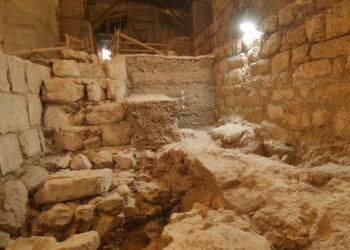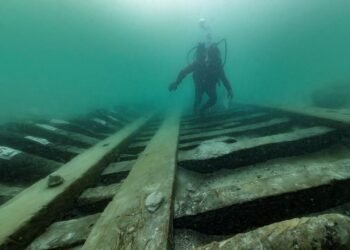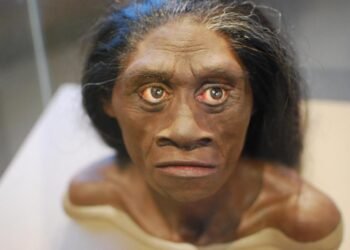Archaeologists excavating an ancient fortress in Almendralejo, Spain, have found a startling burial that might belong to a Roman soldier who died about 1,800 years ago. They made this find during an archaeological survey conducted before the construction of a photovoltaic solar park, which revealed not just an amazing old settlement but also the body of a man buried in a weird and unsettling manner.
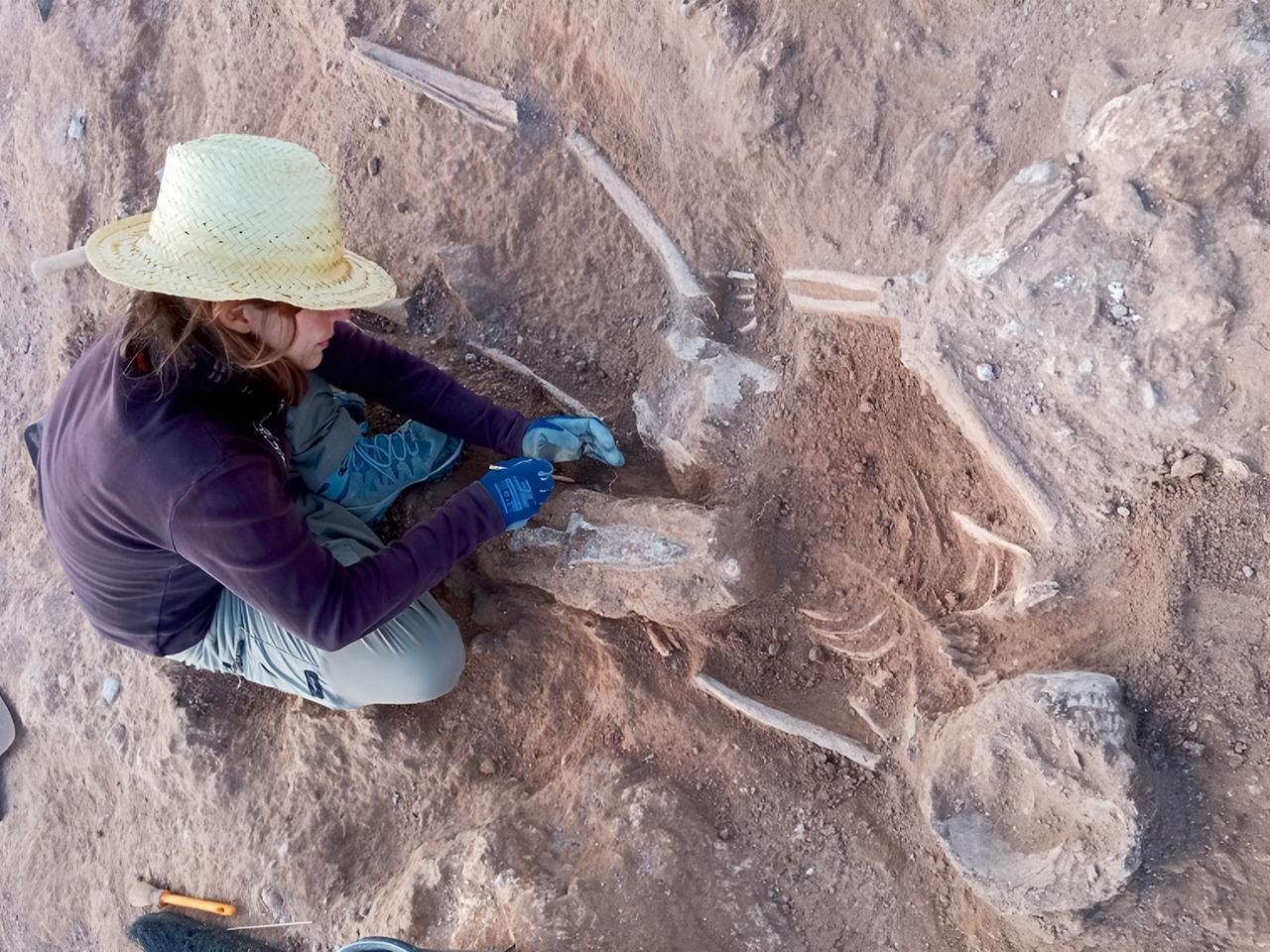
The remains were found in a shallow grave near one of the fortress’s defensive ditches. The individual, estimated to have been between 25 and 35 years old, was buried face down with a Roman dagger, or pugio, deliberately placed on his back. Even more puzzling were the remains of his feet, which appeared as though they had been severed. Experts suggest this type of burial hints at punishment; he may have been executed for crimes like desertion or perhaps even theft.
The dagger itself is in excellent condition and still in its sheath, dating back to about the late first century BCE. Although no precise information about how this person died exists, the pugio indicates a military connection. “The deliberate placement of the pugio in the burial is a way of signaling the social position of the buried and his belonging to the army,” explains excavation director César M. Pérez, from the archaeological company Tera S.L., in an interview with El Pais.
The dating of the burial suggests it occurred in either the second or third century CE, during which the sole Roman legion present in Hispania was the Legio VII Gemina, established in 74 CE. Unlike other legions that engaged frequently in warfare, the primary role of the Legio VII Gemina involved escorting duties and maintaining regional security. This raises intriguing questions regarding why this soldier’s burial seems both unusual and potentially dishonorable.

Additionally, the removal of his feet adds a further layer of complexity to this case. Some archaeologists hypothesize that it may represent a punishment for fleeing—a fate not uncommon among deserters within the Roman military. Deserters faced severe penalties according to Roman military law; one such penalty was fustuarium—an execution method involving fellow soldiers clubbing the individual to death. Whether this man suffered such a fate remains unknown.
To gain deeper insights into his origins, researchers are extracting DNA from one of his teeth with hopes of discovering his ancestry and potentially associating him with a specific cultural background. Should his burial customs align more closely with traditions outside those typical of the Roman military, it might suggest he originated from elsewhere other than Hispania or that his death was part of a localized ritualistic practice.
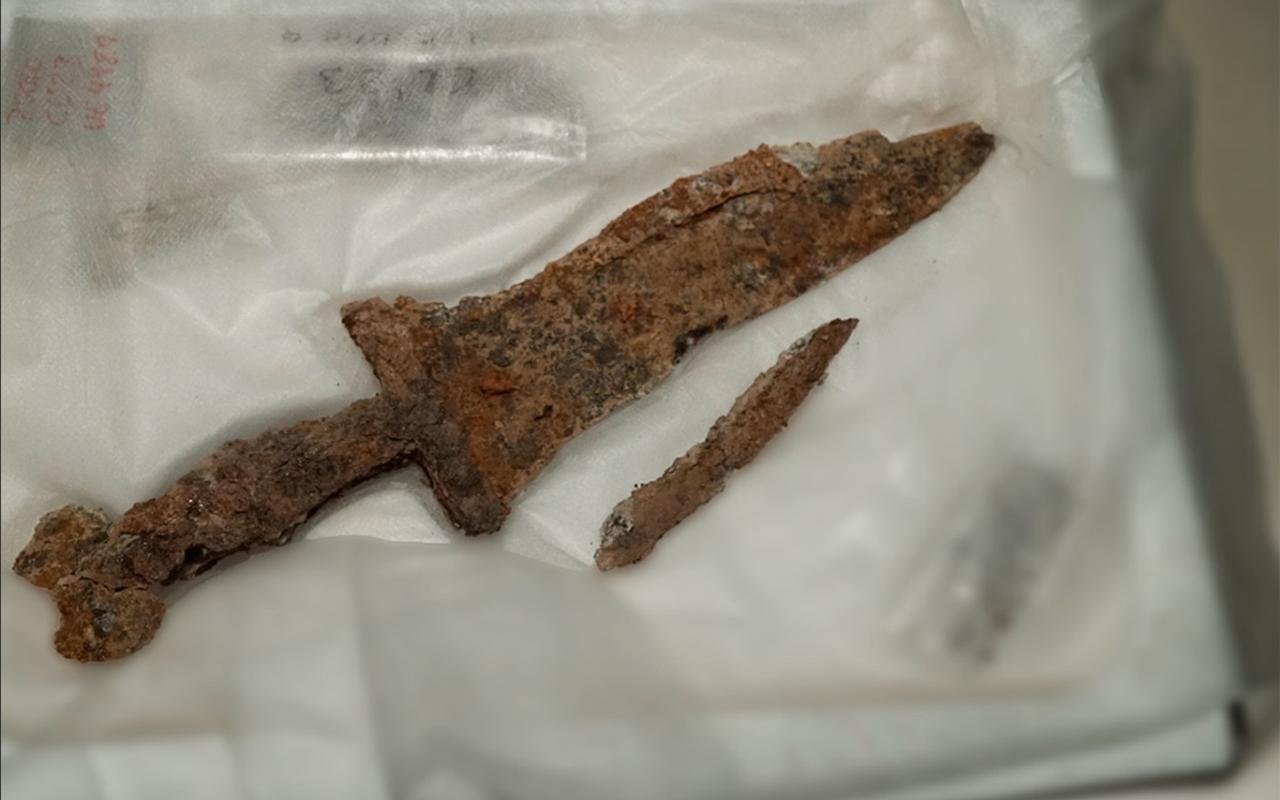
This burial is only one component of a much broader and culturally significant archaeological discovery. The site, known as Cortijo Lobato, dates back nearly 5,000 years to the Copper Age period. Strategically situated atop a hilltop, this fortress features three concentric stone walls alongside 25 bastions and three defensive ditches, some of which measure up to 13 feet (4 meters) wide and reach depths of 6 feet (2 meters).
Archaeologists suggest that the fortress was initially constructed to safeguard agricultural produce during a time of severe drought, later being abandoned around 2450 BCE. For nearly three millennia, it remained mostly unoccupied until the onset of Roman rule in the second or third century CE.
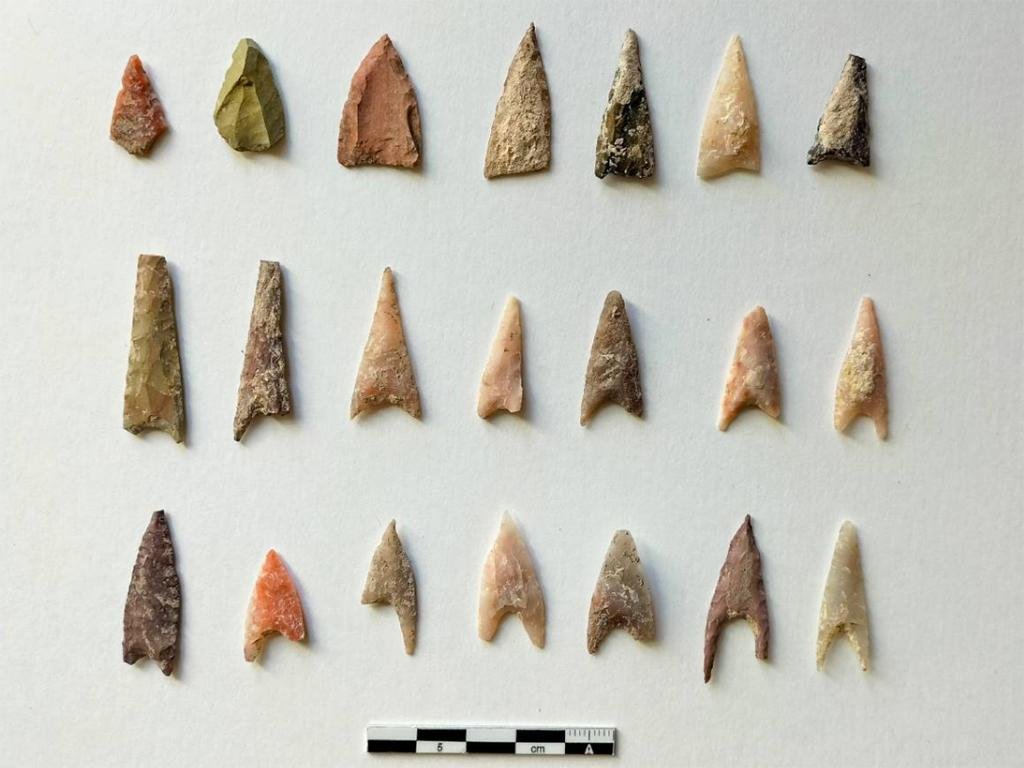
Inside the fortress, researchers discovered a trove of artifacts, including arrowheads, stone idols, axes, grinding tools, plates, bowls, and loom components. The identification of a water reservoir along with remnants of burnt wooden doors points toward the likelihood that attackers eventually besieged and destroyed the stronghold. The abundance of arrowheads adds further evidence to this hypothesis.
DNA analysis and further excavation may shed light on the Roman soldier’s identity, the cause of his death, and determine whether he had deserted or suffered a different kind of punishment.
More information: ACCIONA



